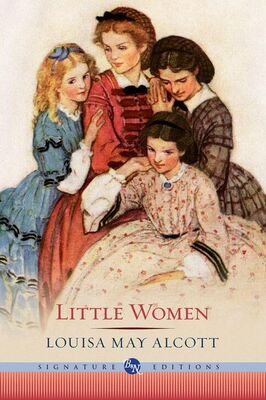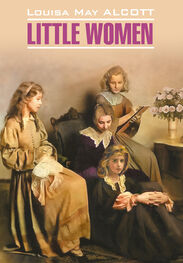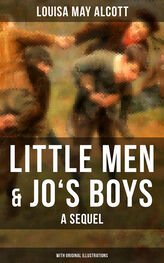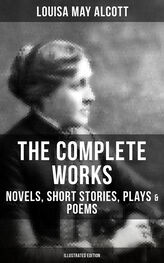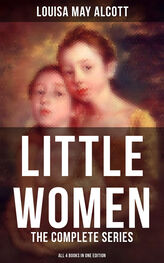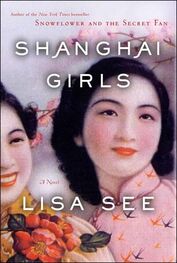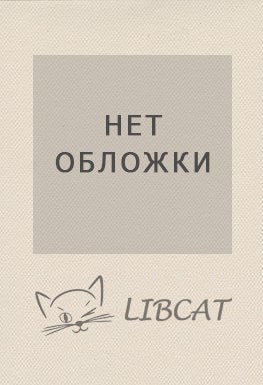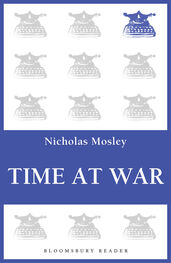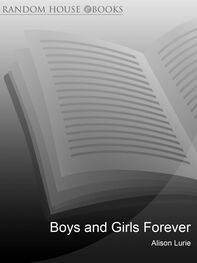“Yes, Jo, I think your harvest will be a good one,” began Mrs. March, frightening away a big black cricket that was staring Teddy out of countenance.
“Not half so good as yours, Mother. Here it is, and we never can thank you enough for the patient sowing and reaping you have done,” cried Jo with the loving impetuosity which she never could outgrow.
“I hope there will be more wheat and fewer tares every year,” said Amy softly.
“A large sheaf, but I know there’s room in your heart for it, Marmee dear,” added Meg’s tender voice.
Touched to the heart, Mrs. March could only stretch out her arms, as if to gather children and grandchildren to herself, and say, with face and voice full of motherly love, gratitude, and humility-
“Oh, my girls, however long you may live, I never can wish you a greater happiness than this!”
Began the second part of “Little Women.” . . . Girls write to ask who the little women marry, as if that was the only end and aim of a woman’s life. I won’t marry Jo to Laurie to please anyone.
—Louisa May Alcott, from her Journal
Sequels
Louisa May Alcott wrote for money, to “take Fate by the throat and shake a living out of her.” With the overwhelming success of Little Women, she became solvent enough to repay her family’s accumulated debt, while combining her twin passions: her love of words and her talent for teaching children. Alcott cared deeply about the rearing of children, about high standards and role models, about morals and a robust work ethic. She deplored the rough, ill-grammared boys of Twain’s Adventures of Huckleberry Finn: “If Mr. Clemens cannot think of something better to tell our pure-minded lads and lasses, he had best stop writing for them.”
In the wake of Little Women’s popularity, Alcott furthered her agenda of writing high-minded children’s literature by publishing several more episodes of Jo March’s clan. Little Men: Life at Plumfield with Jo’s Boys (1871) was the first sequel. The book opens with a raggedy boy named Nat arriving at Plumfield to discover Alcott’s characteristic atmosphere of education and recreation:
The house seemed swarming with boys, who were beguiling the rainy twilight with all sorts of amusements. There were boys everywhere, “up-stairs and down-stairs and in the lady’s chamber,” apparently, for various open doors showed pleasant groups of big boys, little boys, and middle-sized boys in all stages of evening relaxation, not to say effervescence. Two large rooms on the right were evidently schoolrooms, for desks, maps, blackboards, and books were scattered about.
Little Men was followed by Aunt Jo’s Scrap Bag, published in six volumes between 1872 and 1882. The saga of Jo’s progeny continued with Jo’s Boys, and How They Turned Out (1886). Jo’s Boys chronicles the boys’ lives as they become men and offers a glimpse into the sagac ity of Mrs. Jo and Mrs. Meg as they age gracefully: “Now we are expected to be as wise as men who have had generations of all the help there is, and we scarcely anything.” Alcott’s posthumously published Comic Tragedies Written by “Jo” and “Meg” and Acted by the Little Women (1893), a lively collection of plays, furthered her mythology.
Film
Of the various attempts to bring Alcott’s Little Women to the silver screen, two stand out as exemplary: George Cukor’s 1933 version and Gillian Armstrong’s 1994 adaptation. Cukor, the legendary film-maker who later made David Copperfield (1935) and My Fair Lady (1964), blends high production values and the nascent technology of sound to re-create Alcott’s Civil War—era Massachusetts. Twenty-six-year-old Katharine Hepburn stars as the fiercely determined Jo; the film is the second of ten collaborations between Cukor and Hepburn, including the masterpiece The Philadelphia Story (1940). Little Women features a crisp script by Sarah Y. Mason and Victor Heerman.
Cukor’s film is unabashedly sentimental, indulging in scenes of the turbulently emotional March sisters consoling each other in the parlor, that sanctuary from the war that threatens to keep their father away for good. The lively sorority of Jo, Meg (Frances Dee), Amy (Joan Bennett), and Beth (Jean Parker) reveals itself in homegrown plays, in which Hepburn, playing multiple roles as well as her sisters’ acting coach, dons a mustachio and a blonde wig by turns. Jo’s girlish enthusiasm is sorely tested in her return to take care of Beth in the film’s most moving sequence. Hepburn’s chirpy, headstrong, and innocent performance captures the essence of Jo so completely that many critics have branded Cukor’s the definitive version of Little Women. In addition to Mason and Heerman’s Oscar-winning adaptation, Little Women was nominated for Outstanding Production (Best Picture) and Best Direction. Cukor later refused to take over the direction of the 1949 film of Little Women, starring Elizabeth Taylor and Janet Leigh.
Gillian Armstrong’s 1994 film was lauded as a successful effort to subtly renovate a classic into a germane story for modern audiences. While nothing can keep the characters from occasional ventures into sainthood, Armstrong valiantly downplays the story’s more saccharine elements; in bringing Alcott’s feminist sensibility to the fore, Armstrong nicely balances the compulsory old-fashioned conduct of the characters. The film features autumnal New England scenery and the formidable talent of a large ensemble cast: Winona Ryder as Jo; Susan Sarandon as Marmee, the flawless mother; Kirsten Dunst, who almost steals the show as the young Amy; Claire Danes as Beth; Eric Stoltz as John Brooke; Gabriel Byrne as Professor Bhaer; and a cavalcade of others. Winona Ryder’s performance, Thomas Newman’s score, and Colleen Atwood’s costumes were all nominated for Academy Awards.
In this section, we aim to provide the reader with an array of perspectives on the text, as well as questions that challenge those perspectives. The commentary has been culled from sources as diverse as reviews contemporaneous with the work, letters written by the author, literary criticism of later generations, and appreciations written throughout the work’s history. Following the commentary, a series of questions seeks to filter Little Women through a variety of points of view and bring about a richer understanding of this enduring work.
Comments
LOUISA MAY ALCOTT
Mr. N. wants a girls’ story, and I begin ‘Little Women.’ Marmee (mother), Anna and May approve my plan, so I plod away, though I don’t enjoy this sort of thing. Never liked girls or knew many, excepting sisters; our queer ways and experiences may prove interesting, though I doubt it.
—from her diary, in Louisa May Alcott: Her Life, Letters, and Journals (1889)
THE NATION
Miss Alcott’s new juvenile is an agreeable little story, which is not only very well adapted to the readers for whom it is especially intended, but may also be read with pleasure by older people. The girls depicted all belong to healthy types, and are drawn with a certain cleverness, although there is in the book a lack of what painters call atmosphere—things and people being painted too much in “local colors,” and remaining, under all circumstances, somewhat too persistently themselves.
—from a review of Little Women (October 22, 1868)
HENRY JAMES
It is sometimes affirmed by the observant foreigner, on visiting these shores, and indeed by the venturesome native, when experience has given him the power of invidious comparison, that American children are without a certain charm usually possessed by the youngsters of the Old World. The little girls are apt to be pert and shrill, the little boys to be aggressive and knowing; both the girls and boys are accused of lacking, or of having lost, the sweet, shy bloom of ideal infancy. If this is so, the philosophic mind desires to know the reason of it, and when in the course of its enquiry the philosophic mind encounters the tales of Miss Alcott, we think it will feel a momentary impulse to cry Eureka! Miss Alcott is the novelist of children—the Thackeray, the Trollope, of the nursery and the school-room. She deals with the social questions of the child-world, and, like Thackeray and Trollope, she is a satirist. She is extremely clever, and, we believe, vastly popular with infant readers.
Читать дальше